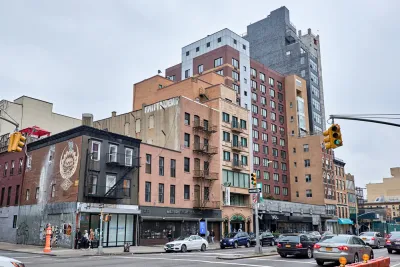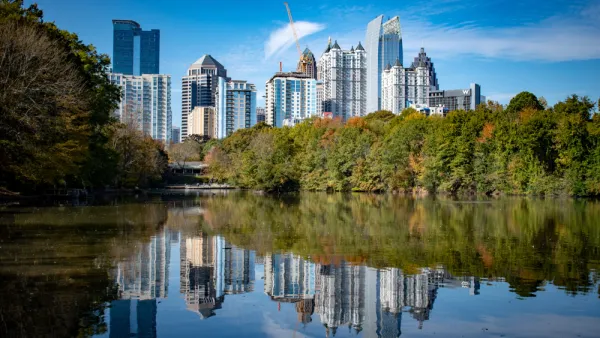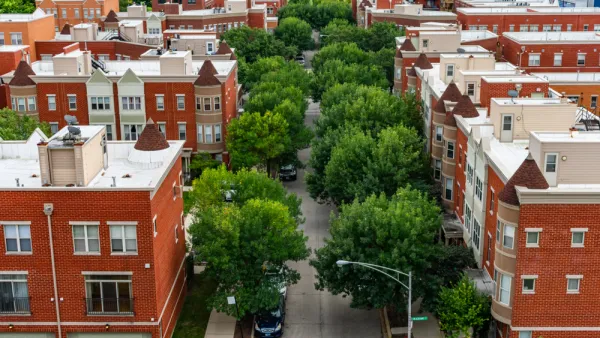A new metric for measuring land use regulation traces the evolution of land use regulations over the past decade, finding that U.S. municipalities on a net basis adopted slightly more restrictive land use regulations from 2006 to 2018.

New analysis published by the National Bureau of Economic Research reports results of a new survey of local residential land use regulatory regimes for over 2,450 primarily suburban communities across the United States.
The paywalled research, authored by Joseph Gorko, Jonathan Hartey, and Jacob Krimmel, locates the most highly regulated markets on the two coasts, "with the San Francisco and New York City metropolitan areas being the most highly regulated according to our metric," according to the abstract for the paper.
The remainder of the abstract reads as follows:
Comparing our new data to that from a previous survey finds that the housing bust associated with the Great Recession did not lead any major market that previously was highly regulated to reverse course and deregulate to any significant extent. Moreover, regulation in most large coastal markets increased over time.
John Hartley shared more findings from the study, titled " The Local Residential Land Use Regulatory Environment Across U.S. Housing Markets: Evidence from a New Wharton Index," on a Twitter thread.
My latest working paper in @nberpubs w/ @jkrimmel and Joe Gyourko on how zoning/land use regs have changed since the Great Recession: “The Local Residential Land Use Regulatory Environment Across U.S. Housing Markets: Evidence from a New Wharton Index” https://t.co/h1ZHawXp9d pic.twitter.com/k5yRCeisYJ
— Jon Hartley (@Jon_Hartley_) December 23, 2019

National Parks Layoffs Will Cause Communities to Lose Billions
Thousands of essential park workers were laid off this week, just before the busy spring break season.

Retro-silient?: America’s First “Eco-burb,” The Woodlands Turns 50
A master-planned community north of Houston offers lessons on green infrastructure and resilient design, but falls short of its founder’s lofty affordability and walkability goals.

Delivering for America Plan Will Downgrade Mail Service in at Least 49.5 Percent of Zip Codes
Republican and Democrat lawmakers criticize the plan for its disproportionate negative impact on rural communities.

Test News Post 1
This is a summary

Test News Headline 46
Test for the image on the front page.

Balancing Bombs and Butterflies: How the National Guard Protects a Rare Species
The National Guard at Fort Indiantown Gap uses GIS technology and land management strategies to balance military training with conservation efforts, ensuring the survival of the rare eastern regal fritillary butterfly.
Urban Design for Planners 1: Software Tools
This six-course series explores essential urban design concepts using open source software and equips planners with the tools they need to participate fully in the urban design process.
Planning for Universal Design
Learn the tools for implementing Universal Design in planning regulations.
EMC Planning Group, Inc.
Planetizen
Planetizen
Mpact (formerly Rail~Volution)
Great Falls Development Authority, Inc.
HUDs Office of Policy Development and Research
NYU Wagner Graduate School of Public Service





























